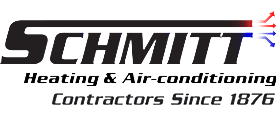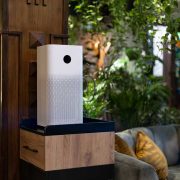Debunking Indoor Air Quality Myths
It is vital to optimize indoor air quality when operating any heating, cooling or ventilation system. Home and business owners can only accomplish this when they abandon popular IAQ myths.
1. Misconception: Air only becomes seriously polluted outdoors. Truth: It is not uncommon for indoor air to contain more than nine times as many contaminants as outdoor environments.
2. Falsehood: Ozone makes humans healthier. Reality: While it is true that ozone combats some types of bacteria and unwanted chemicals, things that produce ozone also generate unhealthy pollutants.
3. Untruth: A permanently installed gas detector will not significantly improve safety. Actuality: When properly maintained and calibrated, this type of detector truly can alert people to the presence of harmful gases.
4. Misconception: Every gas detector contains the same exact components. Truth: Different models use varying methods to detect gas. It is vital to thoroughly research and compare them.
5. Falsehood: The sensors on these detectors never need replacement. Reality: Sensor lifespans vary by manufacturer and the kinds of gases that they detect. Some last only 12 months; others need replacement after a decade.
6. Untruth: It does not matter where the detector is located. Actuality: People should install gas detectors near potential gas leak sources. Avoid placing them near open windows or vents.
7. Misconception: Detectors consume energy, so they raise power bills. Truth: A gas detector can actually cut electricity usage by controlling ventilation fans. It will only activate them when they are needed.
8. Falsehood: Indoor air quality is not a serious concern. Reality: People often stay indoors for as many as 22 out of 24 hours, so this is the most important type of air quality.
9. Untruth: Eco-friendly buildings benefit the environment but cannot make people healthier. Actuality: Green indoor materials enhance IAQ by releasing fewer gases as they age.
10. Misconception: Indoor air quality improvements remain very hard to achieve. Truth: Although they may prove costly, IAQ enhancements are quite possible with the help of skilled technicians.
By casting aside these IAQ myths and taking steps to improve air quality, building owners can prevent a wide range of health problems.
Please follow this blog to learn more about HVAC systems and energy efficiency.













Leave a Reply
Want to join the discussion?Feel free to contribute!